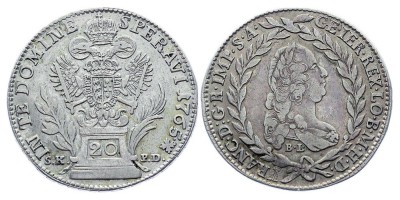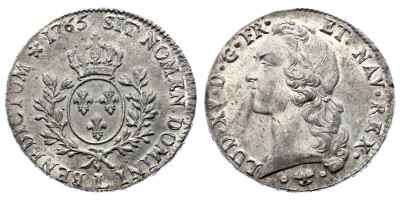Colonial India
In 1765, Portugal printed coins that were used for Indian territories. These are banknotes:- tin bazaruk, mint with a nominal value of 5, weight of 4 g; 20 units, weighing 14 g to 16.5 g.
- 4 Serafima made of gold, with a weight of 1.63 g.
Bazaruk minted for use in Portuguese India – DIU. The obverse of the coins depicts the crowned coat of arms of Joseph I – Emperor of the Holy Roman Empire. On the reverse side is printed the Maltese cross. The date of manufacture is located in the corners of the cross.
Gold coin xeraphim minted for the Indian territory of Portugal – Goa. The name of the monetary unit is translated similarly to the Arabic name: noble. Coins are in circulation from the second half of the XVI century to the XIX century, later they were replaced by Indian rupees, then – Escudo.
The obverse also bears the coat of arms of Joseph I, with a crown at the top. On the reverse date of manufacture is also divided into four digits, which are located in the corners of the cross.
The Dutch East Indies minted in 1765 copper duit, a nominal value of 1, for the island of Java. On the front side of the coin is an inscription, which is located in three lines. In the text: the name of the coin, the name of the island, year. The reverse side shows the same information, only in Arabic.
The British East India company in 1765 begins to mint its own gold coins, with a nominal value of ¼ muhra, weighing 2.74 g and ½ muhra, weighing 5.48 g. In some sources, this money is called mohur or mogur. Mohur was first printed in 1562 in the state Of the Mughals. Ornaments and patterns are printed on the obverse of the coins, a circular inscription is executed: the British East India company. On the back: Bombay and the release date, in two lines. Mohur is often called the Golden rupee. 1 mohur at this time approximately corresponded to the cost of 10 rupees.
Showing 1 to 2 of 2 (1 Pages)
 Russian
Russian English
English Deutsch
Deutsch Spanish
Spanish Português
Português



